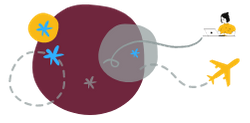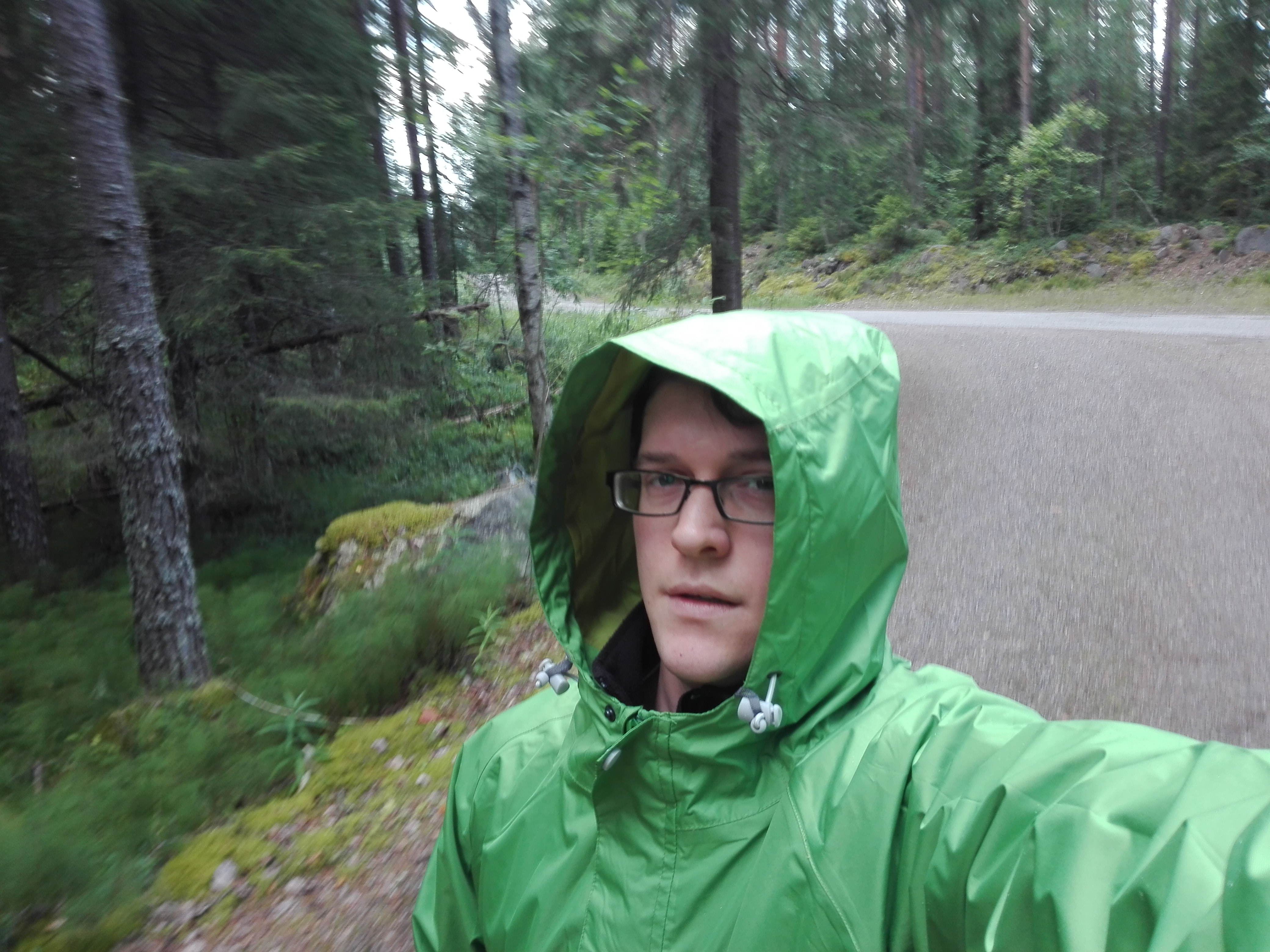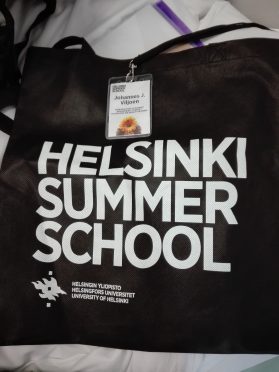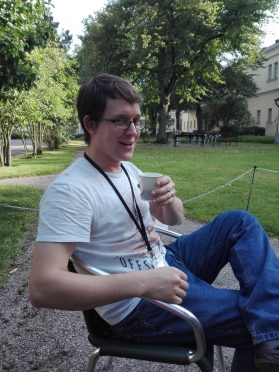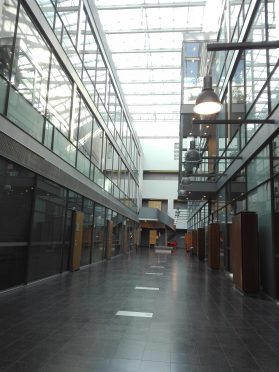Pre-departure:
Visa application:
When applying for the visa, go to the website of the Finnish Embassy of Pretoria to read the important information and to download the application form. One very important thing to note is that there will be no fee charged for the visa if you state on your form that you are applying as a student going to follow a course. However, with this option, you will only receive a Schengen visa for the dates of your departure and return to South Africa and it will only be for one entry into Finland. You thus need to keep this in mind if you will be visiting other countries except for Finland. To apply for the visa, you will need your letter of acceptance from the summer school, bank statement showing you have at least R10,000 available, proof of registration at SU and a letter of recommendation from the SU International stating that you will return to Stellenbosch to finish your studies.
You will need to travel to Pretoria to the Finnish Embassy if you have not received a Schengen visa recently in order for them to capture your biometric information. You need to call to book a time slot for your application. For the trip to Pretoria, I found it best to fly to OR Tambo Airport from Cape Town International for one day, leaving at 06:00 and returning around 16:00 in the afternoon. I would suggest booking the latest timeslot available at the Finnish Embassy (which is 11:30 – 12:00) in case there are problem with the flight. The costs of the return flight may be around R1700.
Once you arrive at OR Tambo Airport, follow the signs to the Gautrain and buy a card from the manned ticket sales point with enough value to go to the Pretoria Station and back. This should be around R320 in total and will take about 30min to get to the Pretoria station. Once there, make use of Uber to take you to the Embassy. However, you will have to walk to the main parking gate for the station as the Uber driver do not enter the station. The Uber ride to the Embassy should be around R50.
General tips :
For my flight to Finland, I chose Qatar as this was the cheapest option, but be prepared for long layovers.
Make sure you take a European adaptor with you should your laptop have the 3-pin South African plug. A cell phone charger with the 2-pin plug works without using an adaptor.
During and after your application for the Helsinki Summer School, via their online application system (after you have been nominated by the SU-International), you will receive multiple emails with directions and links to websites with extra travel information via their moodle platform. But in case you miss it, when you arrive at the Helsinki Vantaa airport, follow the directions to the train station and on your way there buy a region train ticket to Helsinki City centre from one of the machines (5,50 euro). There are two train line leaving the airport either of which will take to Helsinki train station where the line ends. Once you leave the train station, take a 10min walk to the Ylioppilastalo or Aleksanterinkatu tram stops where you have to take the number 4 tram (going east) by just climbing on but keep your airport train ticket with you and climb of at Vyökatu stop which is just behind your accommodation Euro Hostel.
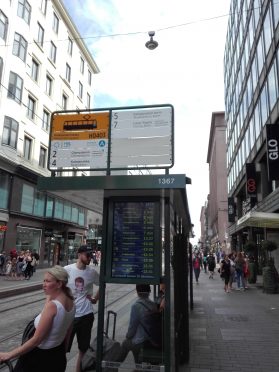
Experience at the Host University:
After my acceptance to the Helsinki Summer School (HSS), I received multiple newsletters regarding overall summer school logistics about the opening ceremony and registration as well as specific information regarding the course I was taking. The newsletters are also sent to you after your arrival there in order to update you on upcoming social events as well as field trips happening during your stay. The HSS organisation was excellent. Before my departure, I received emails with specific details on how to get to my booked accommodation from the airport and how to get to the HSS info desk to register. Once I reported to the info desk to register, I received a bag containing an information booklet and other information regarding use of computers and Wi-Fi on campus (which is free), as well as a form that can be used to buy a travel card from the Helsinki travel office with a student discount. This card, which will cost you around 20 Euros, gives you unlimited travel on trams and busses within Helsinki for a period of 2 weeks. I would definitely recommend this option as 2 single tickets per day for 2 weeks would be more than triple the amount of the travel card.
The course that I was attending was titled Introduction to Atmospheric Chemistry: A look into Air pollution in China. It was one of the few science courses on offer as part of the HSS – initially I applied for another one, but it got cancelled due to a low number of applications. However, the HSS team assisted me in selecting another option and even included participation in one of the social events free of charge since I did not get to attend my first choice. As someone with a science background and interests in the environment and the effects of climate change, I greatly value what I learned from this course. We covered topics from basic meteorology and air pollution emissions to indoor air pollution and mitigation techniques. Another important topic we covered was air pollution and society. We also learned ways how we as the public can monitor air pollution. This course provided me with very important background knowledge that I can apply to my daily life and someday to my own research studies.
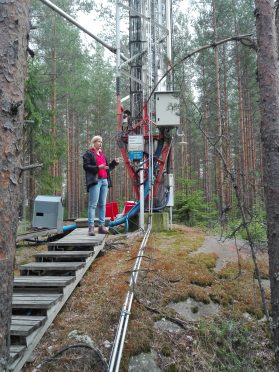
The course started with a 3-day fieldtrip to Hyytiälä forest field station where we had lectures by on-site air pollution and air chemistry specialists who work in the SMEAR II measuring station – it is equipped with state of the art technology. Here we got to see the actual instruments that measured the data that were shown in the lectures. During our visit to this forest field station we also got to experience the very pristine and clean natural resources that Finland has to offer. We had walks in a pine forest as well as a braai (or at least the Finnish version of it) next to a lake.
The following week the rest of the course took place at the Kampula campus in Helsinki which is a 25-minute bus ride from the train station – the train station is easily reached with a 10-minute tram ride from Euro Hostel where we stayed. The course structure included daily lectures and time slots where exercises could be done about the day’s lectures. The HSS team uses the Moodle platform as a way of posting new information or handing in assignments for your course. This made it very convenient when doing exercises on your laptop and submitting them without having to worry about printing. I would recommend bringing your own laptop as some of the lectures and exercises requires you to access the internet to download data and air pollution charts and maps.
Our accommodation at the Euro Hostel was great, especially considering that we stayed there free of charge due to the institutional agreement in place between SU and the University of Helsinki. The Euro Hostel option also included a breakfast buffet ticket for your entire stay where you can fill up each morning with a very good assortment of breakfast options.
Return to Stellenbosch:
This was my first academic trip abroad. As a research-based MSc student, attending a Summer School like HSS broadens your way of thinking and rejuvenates your learning capabilities within a classroom environment. Moreover, being a nature lover and someone who likes to learn about the environment, this specific course not only taught me new facts about air pollution within a theoretical classroom, but the practical aspects of the outdoor fieldtrip afforded me the opportunity to explore and experience the actual measuring site in pristine forests and urban settings. Doing a summer school is a reasonably easy way of gaining international experience or learning something (with accreditation) without hampering your studies or research at home too long.
One of the things I will miss most about Finland is the public transport system. South Africa can definitely learn from them and improve our public transport systems, especially in a town like Stellenbosch that has a large university. Finland’s transport system is easy to use and the reasonably-priced bus system greatly reduces the use of cars within peak times. However, I still haven’t seen any country that can offer the wide range of natural environments and beauty like that of South Africa.
